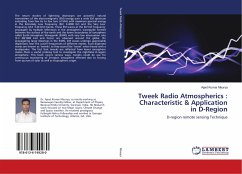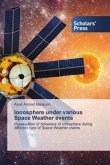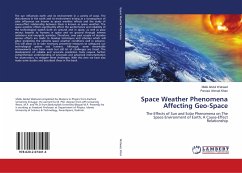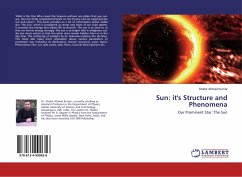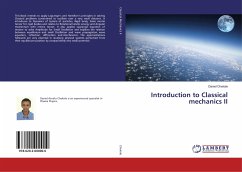The return strokes of lightning discharges are powerful natural transmitters of the electromagnetic (EM) energy over a wide EM spectrum extending from few Hz to few tens of MHz with maximum spectral energy in the Extremely Low Frequency (ELF, 3-3000 Hz) and the Very Low Frequency (VLF, 3-30 kHz) bands. These EM waves at the ELF-VLF frequency propagate by multiple reflections in the atmospheric waveguide formed between the surface of the earth and the lower boundaries of ionosphere called Earth-Ionosphere Waveguide (EIWG) with very low attenuation rate (2-3 dB/1000 km) and hence are observed around the globe. On propagating large distances in the EIWG, EM waves undergo appreciable dispersions near the cutoff frequencies of different modes. Such dispersed waves are known as 'tweeks' as they sound like 'tweet' when heard with a loudspeaker. The fact that tweeks are reflected from lower ionosphere makes them a useful probing tool to investigate the nighttime D-region ionosphere. Thisbook covers various ways, tweeks could be use for continuous monitoring of D-region ionosphere affected due to forcing from sources of solar as well as tropospheric origin.

